
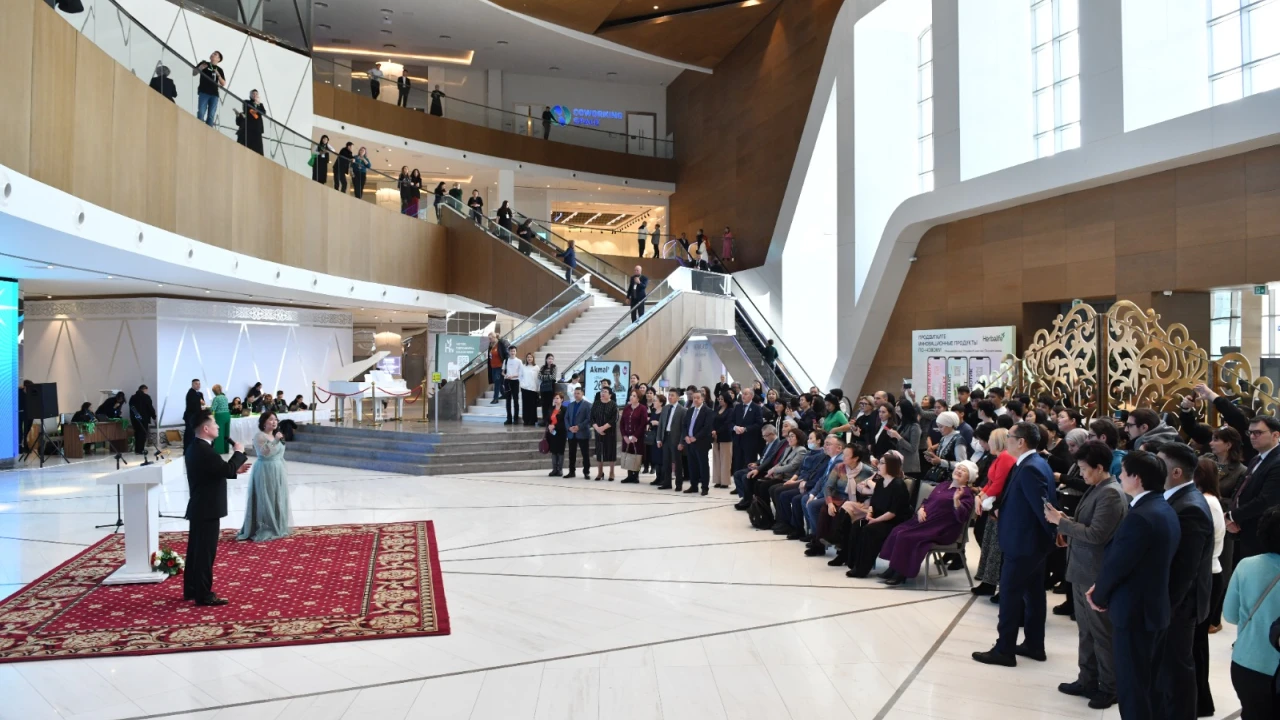

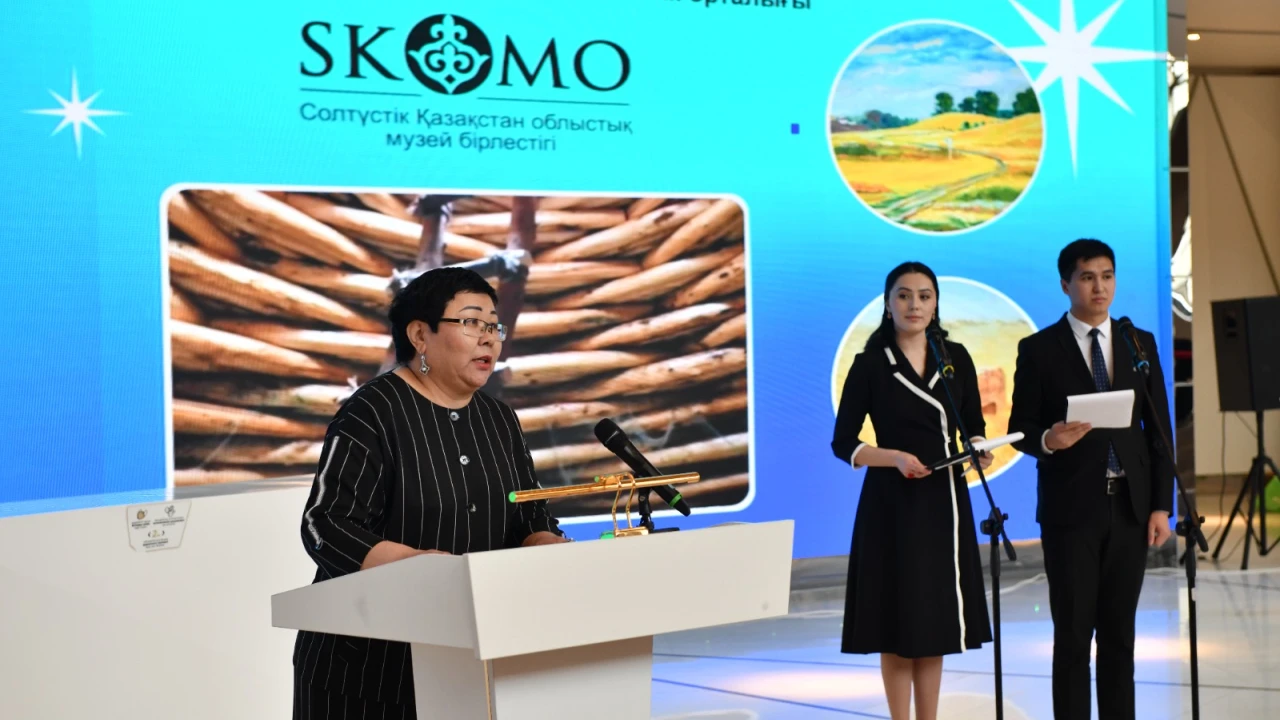
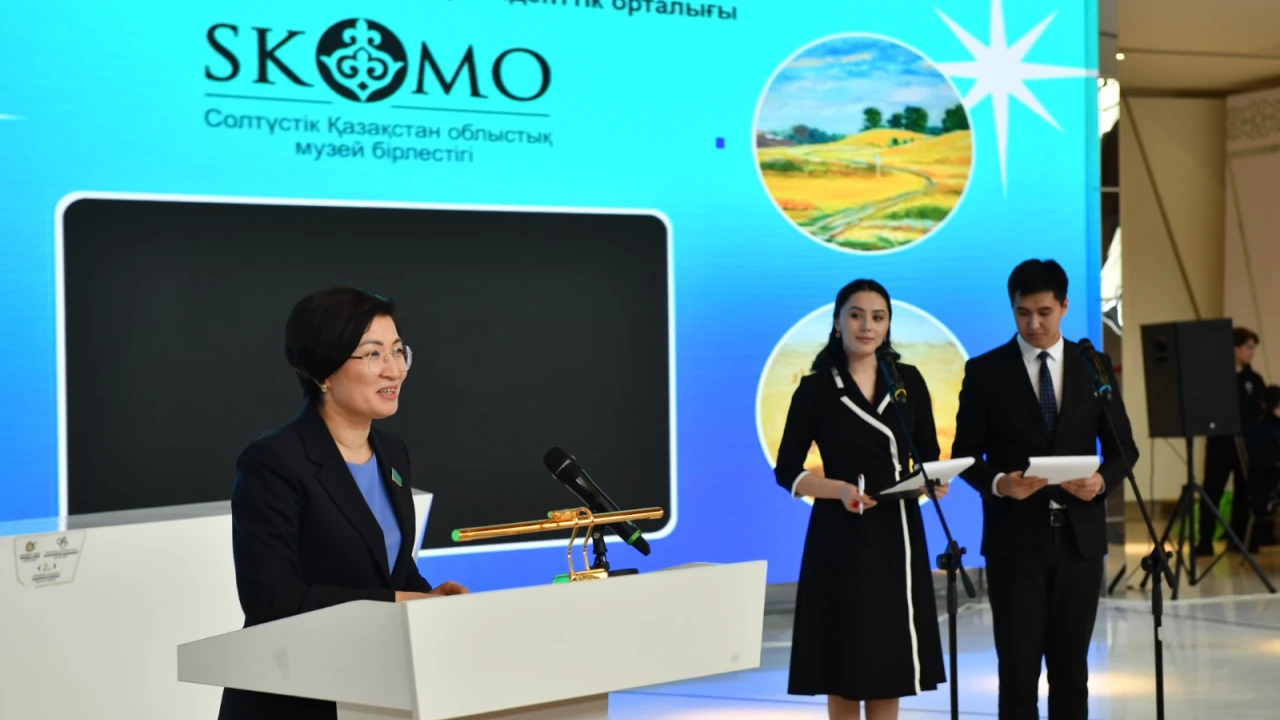
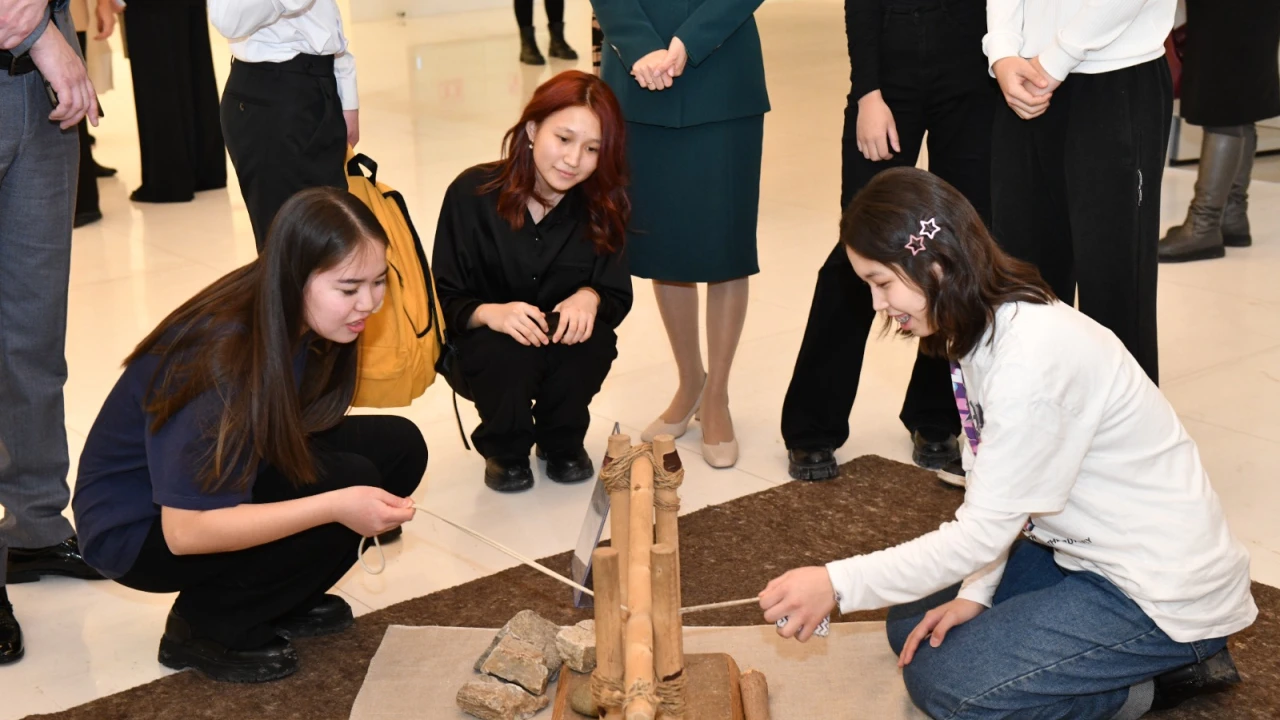


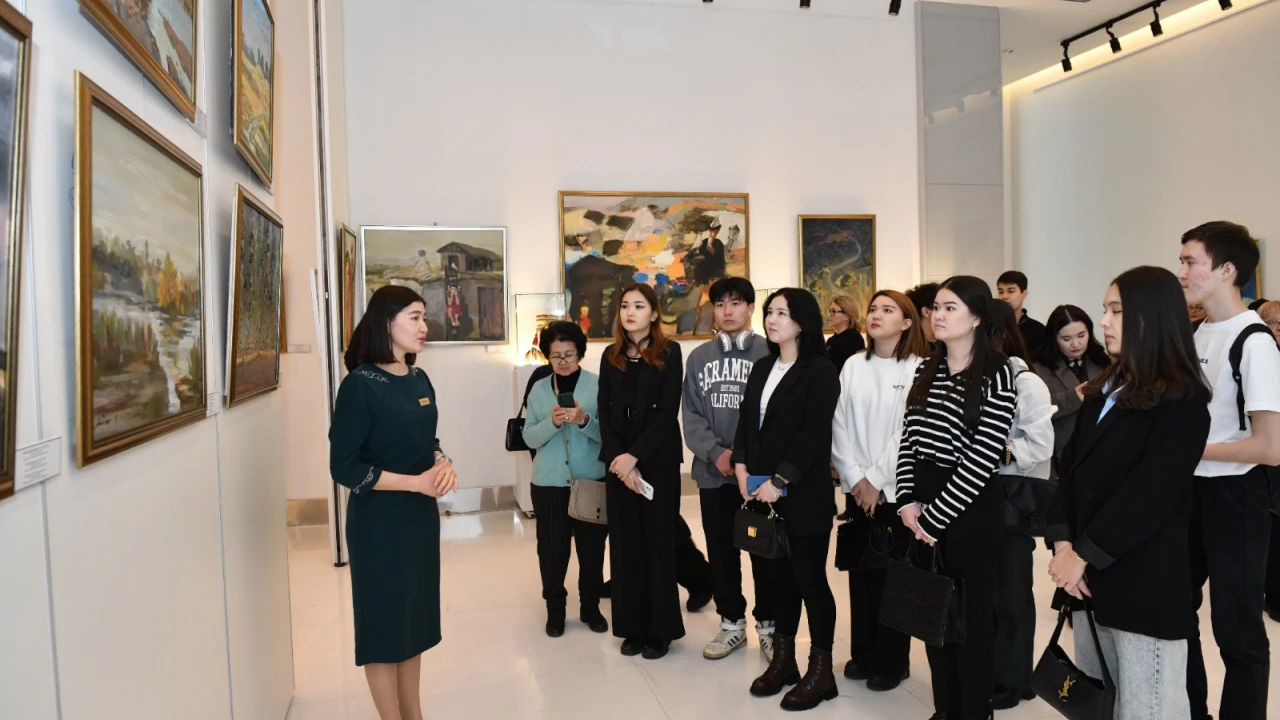
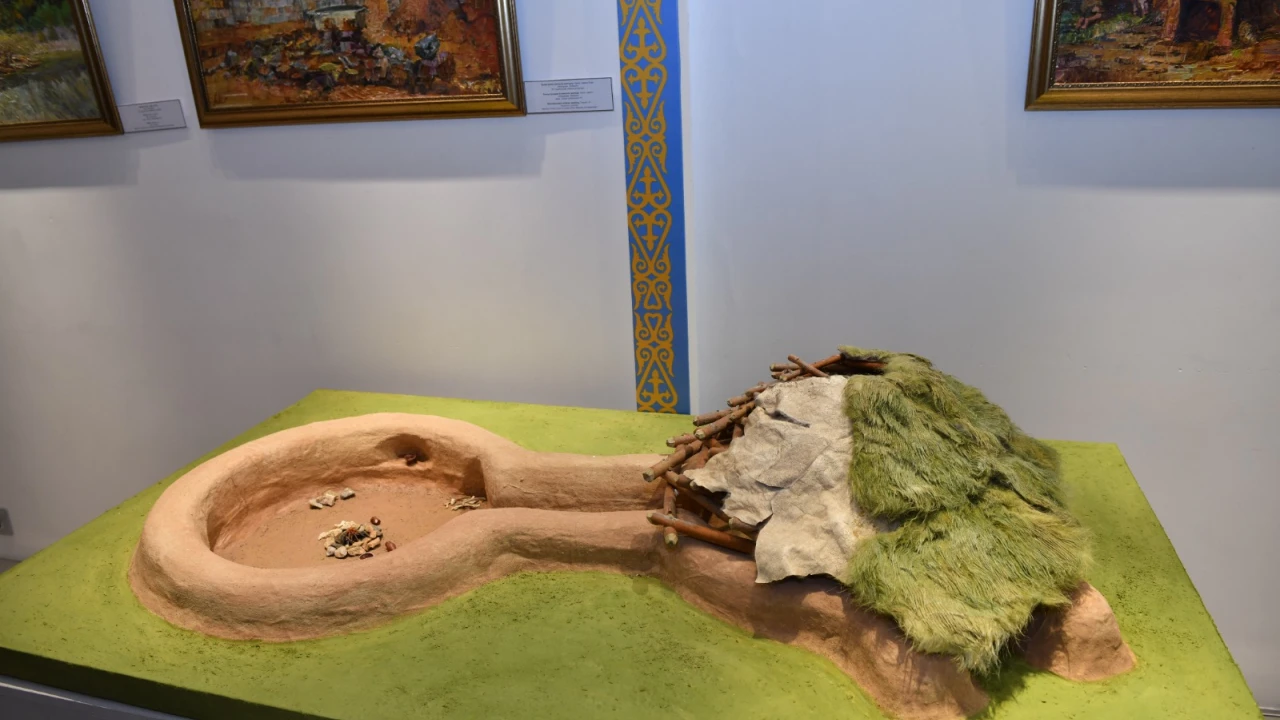
The Art Gallery of the Presidential Center of the Department of Presidential Affairs of the Republic of Kazakhstan hosted the opening of the exhibition "Botai – the culture of the Great Steppe".
The event was organized jointly with the North Kazakhstan Regional Museum Association within the framework of the Presidential Center "The Kazakhstan Way" project to further strengthen and develop inter-museum cooperation.
The exhibition aims to raise awareness of the "Botai settlement" archeological site, one of Kazakhstan's greatest achievements, as well as the artwork of both domestic and foreign artists.
It is common knowledge that horse breeding and equestrian culture originated in the Great Steppe. Excavations at the Botai settlement in the north of the country provide proof that the domestication of a horse by humans occurred for the first time on Kazakhstani soil. Under the guidance of Professor Victor Fedorovich Zaibert, a Doctor of Historical Sciences, (1947–2022), research revealed a new archeological culture known as the Botai culture. This culture's bearers engaged in a variety of economic activities, including fishing and hunting. The discovery of hundreds of thousands of horse bones within the settlement provides evidence that the economy was centered around horse breeding. This fact is confirmed by the large archeological collections of the Botai settlement housed in the collections of the North-Kazakhstan Regional Museum of history and local lore.
"The Kazakhstan Way" is one of the cultural and educational initiatives that the Presidential Center consistently carries out to highlight the nation's historical heritage. And we are very pleased that the exhibition "Botai – the culture of the Great Steppe" became the first event this year within the framework of this project," Deputy Director of the Presidential Center of the Republic of Kazakhstan Botagoz Kaipova said in her welcoming speech.
According to Asem Rakhmetova, a Deputy of the Senate of the Parliament of the Republic of Kazakhstan, the Botai culture is the matrix of steppe civilization, which determined the vectors of development for millennia ahead, and we must tell as much as possible about this national sacred object.
Gulnar Mukusheva, the Director of the North Kazakhstan Regional Museum Association, thanked everyone in attendance and conveyed her hope that, after seeing the Botai settlement through the eyes of artists from around the globe, they will deepen their knowledge and experience the unique atmosphere of the exhibition.
The 2019 and 2023 International Symposiums of Artists in the North Kazakhstan region were organized to popularize the archeological site. Artists from Canada, Germany, France, Benin, Romania, Georgia, Uzbekistan, Kyrgyzstan, Russia, and Kazakhstan attended the symposiums and donated their artwork to the local Museum of Fine Arts collections. The paintings, which display a variety of genres and artistic styles, capture the essence of Botai culture as perceived by the artists.
These days, 48 creative and plein air paintings are on display at the exhibition "Botai - the culture of the Great Steppe" in the capital. Archaeological artifacts, photo and video materials about the Botai settlement, and products of masters of decorative and applied arts complement the exposition. An interactive zone with the reconstruction of ancient production sites is also presented.
The exhibition will run until March 11, 2024.
|
Reference: The monument "Botai settlement", discovered by the North Kazakhstan archeological expedition in 1980, is dated IV-III millennium BC and belongs to the Eneolithic era. It is located in Ayirtau district, 1.5 km south-east of Nikolskoe village. The settlement has an area of more than 15 hectares. It is located on the sloping site of the right steep bank of the Iman-Burluk River (a tributary of the Ishim River). At least 250 dwellings with an area of 20-70 square meters were built at the settlement during the period of its existence. The construction of dwellings is semi-dugout, polygonal, rounded, or sub-square in shape. |



